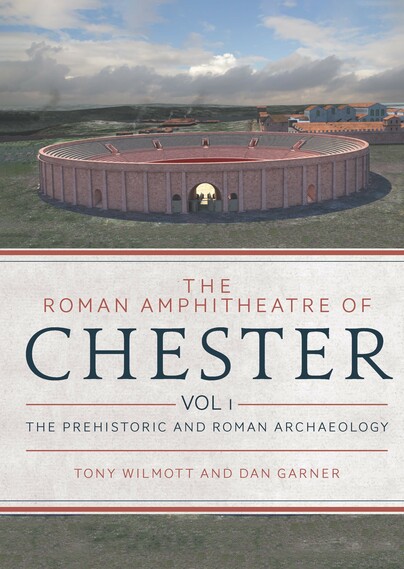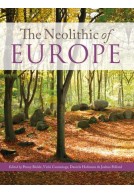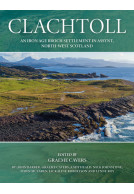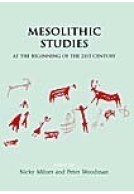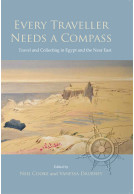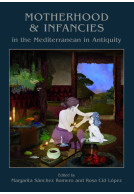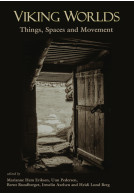The Roman Amphitheatre of Chester Volume 1 (Hardback)
The Prehistoric and Roman Archaeology
Imprint: Oxbow Books
Series: The Roman Amphitheatre of Chester
Pages: 496
Illustrations: b/w and colour
ISBN: 9781785707445
Published: 31st December 2017
Script Academic & Professional
Series: The Roman Amphitheatre of Chester
Pages: 496
Illustrations: b/w and colour
ISBN: 9781785707445
Published: 31st December 2017
Script Academic & Professional
You'll be £30.00 closer to your next £10.00 credit when you purchase The Roman Amphitheatre of Chester Volume 1. What's this?
+£4.99 UK Delivery or free UK delivery if order is over £40
(click here for international delivery rates)
Order within the next 4 hours, 6 minutes to get your order processed the next working day!
Need a currency converter? Check XE.com for live rates
(click here for international delivery rates)
Order within the next 4 hours, 6 minutes to get your order processed the next working day!
Need a currency converter? Check XE.com for live rates
This is the first of two volumes dealing with the major research excavations on the Chester Amphitheatre in 2004–2006. The amphitheatre was discovered in 1929 and partially excavated in the 1970s, after which the northern half was laid out as a public monument. Subsequent questions about the future of the site and the original interpretation prompted the recent work which was part funded by English Heritage and the (then) Chester City Council. The first amphitheatre was built in the 70s AD. It had a stone outer wall with external stairs and timber framed seating, the structure of which can be reconstructed. The second amphitheatre was built concentrically around the first, sealing deposits relating to the behaviour of spectators and the economy of spectacles in the first building. Amphitheatre 2, probably built in the later second century, was the largest and most impressive amphitheatre in Britain, featuring elaborate entrances, internal stairs and decorative pilasters on the outer wall. Although heavily robbed, sufficient survives to enable a confident architectural reconstruction to be proposed. Arena furniture hints at the type of spectacles that took place here. Beneath the seating banks of the amphitheatres evidence for prehistoric settlement was recovered – the first substantial prehistoric archaeology to be found in Chester. Occupation began with a Mesolithic phase, followed by a Middle Iron Age agricultural settlement and finally Late Iron Age cord-rig ploughing.
This fully integrated volume tells the story of the site from the Mesolithic to the end of the life of the amphitheatre. It contains full stratigraphic and structural detail, including CGI reconstruction of Amphitheatre 2, artefactual and ecofactual evidence, and takes account of the findings of all excavations on the site since 1929. A second volume will deal with the robbing and reuse of the amphitheatre in the post Roman period, and the development of the medieval and post-medieval urban landscape of the site.
Other titles in the series...
Other titles in Oxbow Books...







